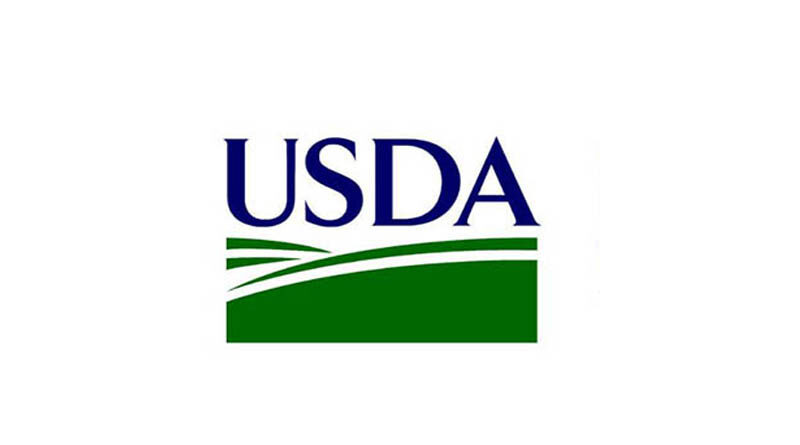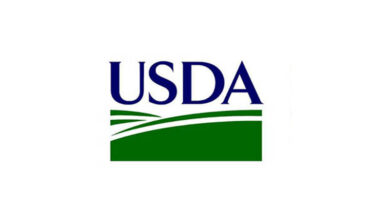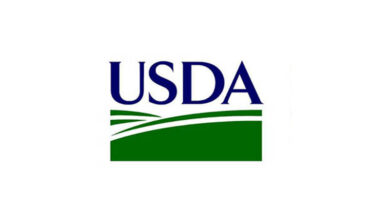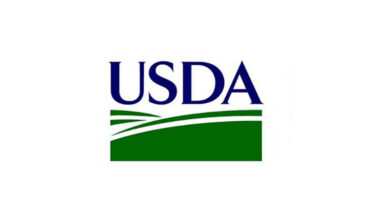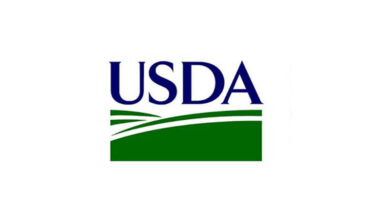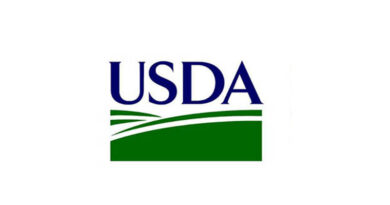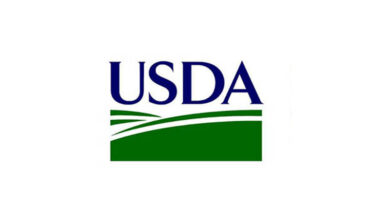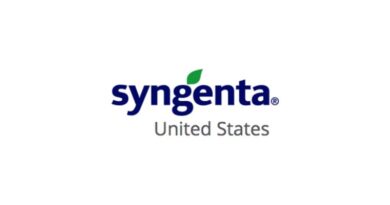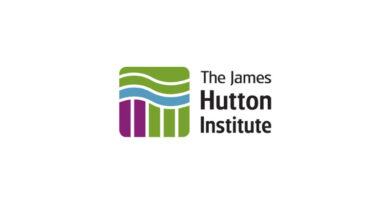Secretary Vilsack Highlights $39 Million Investment in Watershed Infrastructure Projects on Rural Infrastructure Tour
26 April 2022, US: As part of the Building a Better America Rural Infrastructure Tour, Agriculture Secretary Tom Vilsack highlighted the U.S. Department of Agriculture’s (USDA) investment of more than $39 million in six watershed infrastructure projects in North Carolina, building on other USDA infrastructure investments in the state. The six projects include rehabilitating dams, flood prevention, and watershed restoration projects, and are funded by President Biden’s Bipartisan Infrastructure Law.
Vilsack visited Franklin County, North Carolina today, alongside U.S. Environmental Protection Agency (EPA) Administrator Michael Regan, where they visited Franklin County Public Utilities as part of the Building A Better America Rural Infrastructure Tour to highlight historic infrastructure investments.
“President Biden’s Bipartisan Infrastructure Law is a once-in-a-generation opportunity to rebuild our infrastructure, create good-paying jobs and build new economic opportunity,” Vilsack said. “These projects illustrate this administration’s commitment to investing in rural America and these projects exemplify why this historic investment in our watersheds was needed and the adeptness of our agency to act swiftly.”
Also Read: Australia: GRDC seeking growers and industry input to plan for the future
USDA’s Natural Resources Conservation Service (NRCS) is assisting with these projects in North Carolina:
- Ahoskie Creek Watershed and Horse Flat Swamp Watershed: These two projects will assist with restoring the original design of the watershed when it was installed. Several storms have caused areas of severe erosion, in some instances prohibiting maintenance access. Other issues include sedimentation and decreased water flow due to reduced channel volume. Resource concerns that correlate with these issues are: Aquatic Habitat- degraded aquatic habitat for fish and other organisms, Concentrated Erosion- bank erosions from streams or water conveyance channels, and Weather Resilience- ponding and flooding.
- Meadow Branch Channel Watershed, Moss Neck Channel Watershed, Back and Jacob Swamp Watershed: These 3 projects in Robeson County, NC would help restore crucial drainage by replacing failing culverts, clearing, and repairing ditch banks, restoring travel ways, and removing sediment. The project falls within the boundaries of the Lumbee Tribe, a state-recognized tribal and socially disadvantaged community.
- Neuse River Basin: The proposed project would repair a seawall (Hodges St. Bulkhead), road, connection between watershed from town (Duck Pond) and Neuse River, alleviate recurring flooding, alleviate recurring access issues, and repair wetlands in duck ponds. Also, it would improve public safety and water quality while integrating infrastructure improvements and rehabilitating coastal wetlands.
In total, NRCS received $918 million of BIL funding to allocate through its watershed programs, which the agency began implementing earlier this year. A full list of projects is available on NRCS’ Bipartisan Infrastructure Law webpage.
How Communities Can Get Help
NRCS encourages communities to engage with their local project sponsors, participate in developing a sound conservation plan that serves to protect and preserve local watersheds, and connect with their local NRCS office to learn more about Watershed Program assistance.

